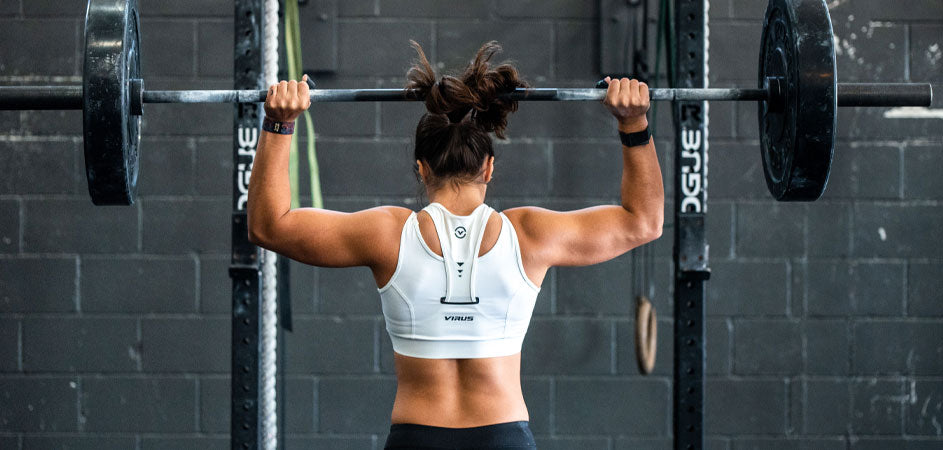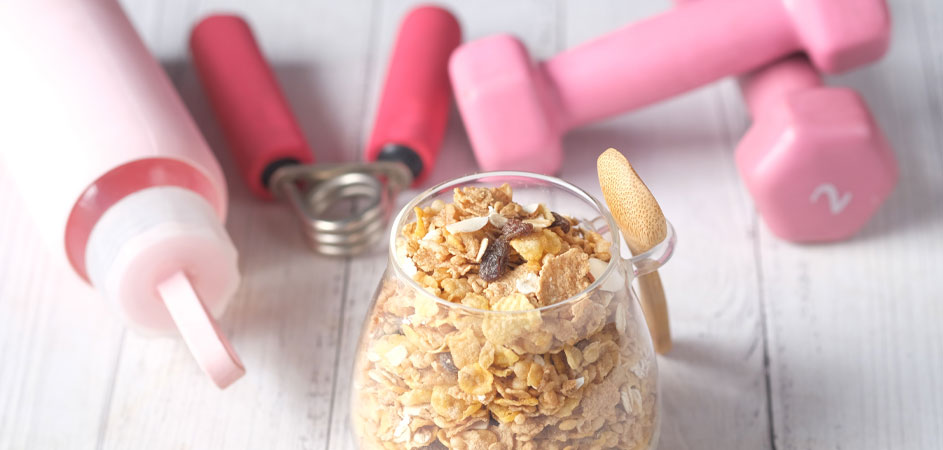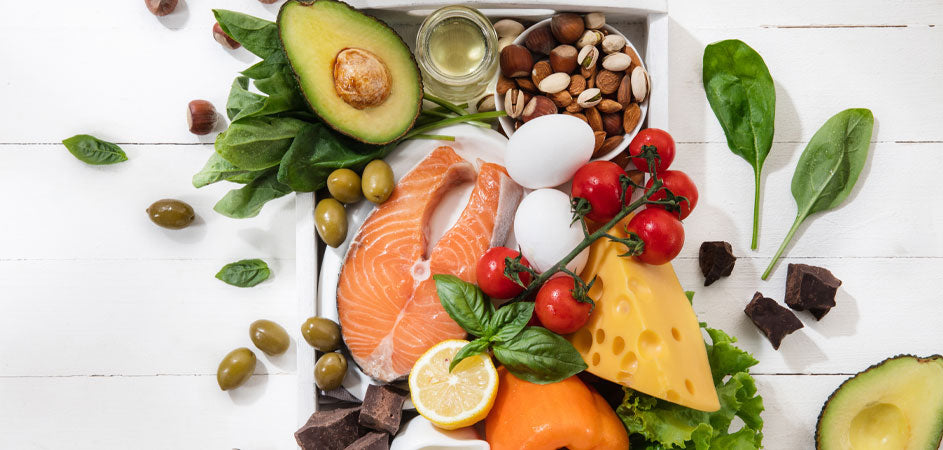Strong instead of slim

Being comfortable in your own skin. Just accept yourself as you are. Everyday life often lies between this wish and reality. In our society, a relatively narrowly defined ideal of beauty has been shaped over the past few decades. A challenge especially for women. Every 10 years there seems to be a new or changed ideal. While a female body with breasts, stomach and bottom was still in demand in the 1950s, only ten years later women wanted to look like thin models.
Over the last few decades, the ideal image has been defined more and more narrowly, which is why countless diets and nutritional ideas have appeared in order to somehow achieve the goal that is now almost impossible to achieve.
Away from super thin, towards more fitness. This trend only became apparent in the 1970s. Images of "Wonder Woman" suddenly shaped the screen. Women went from thin models to strong power women. Even in the 80s, the years of the supermodels, women were no longer just thin, they were athletic. The trend towards "healthy curves" grew and sport became essential to achieve the new dream figure, preferably with aerobic videos.
This trend is still there today, but on a whole new level. Today's "perfect" body is trained. Curves are required, but please with definition.
Women don't just want to be healthy and look healthy, they want to be strong. The image of today's "fitness woman" is beautiful when she's strong. This also means showing the female biceps or scoring with defined abdominal muscles. Just being in shape was yesterday, today it can be a bit more when it comes to muscles.
Today, barbell training, functional fitness or crossfit are by no means just for men. Size Zero has had its day, today we train. Women are strong, stand up for themselves and want to show their self-confidence. And the fitness industry is feeling the same.
Yoga and Co. are still a trend for women and help to balance and reduce stress, but more and more weights and equipment are now being used at home or in the gym. This is also a good way to reduce stress and deal with feelings of anxiety or insecurity: training with weights conveys a feeling of strength and performance. During intensive sessions, the exhaustion after training gives you a feeling of satisfaction, you have done something physically, which is a good balance, especially when working in the office. And finally, you will feel better about your body and have more energy over the long term if you keep training regularly for several weeks. This energy also helps to keep a cool head in stressful situations. But that's not the only reason why this training is something for women. At the same time, building muscle means burning more energy even when you are resting, i.e. keeping the body slim and in shape. In addition, strength training also helps in many areas to stop the natural "aging process". So behind this trend there is not only an optical, but also a "health-preserving" idea.
This combination is what makes the fitness movement so attractive. Sport and health are combined with an “optical strength”. This body feeling can only be achieved with performance. Hard work, sweat, an investment in health and therefore power is what women want to radiate. Sport has become an increasingly important social issue for decades. Why else do so many sports brands now rely on trained real athletes? Being slim is no longer enough. Through fitness, women gain power over their own bodies. Jürgen Martschukat (historian) also says this in an interview for ZEIT:
“If you work on yourself, you will feel success. They feel validated, work on their own attractiveness, and as a result feel stronger, balanced, and more competitive. You become someone who is beautiful, attractive and successful.”*
Source:
Zeit Interview 2018: "A new female standard body was created" - Jürgen Martschukat, is a social and body historian at the University of Erfurt. He is currently writing a history of fitness.







